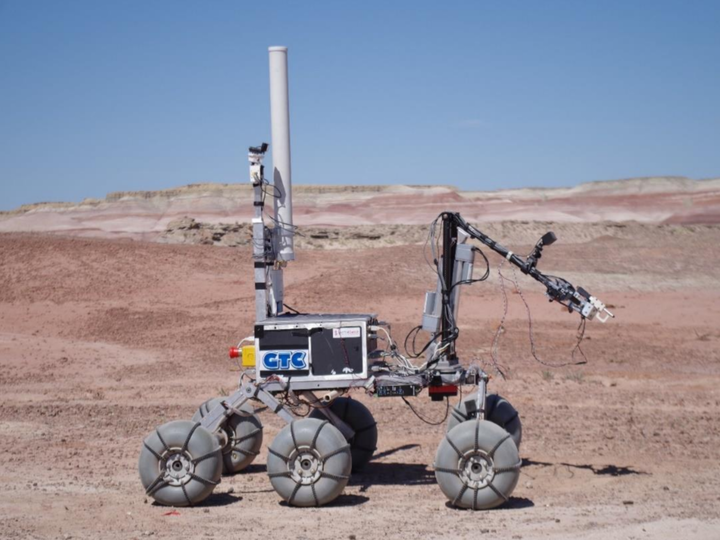University Rover Challenge
 Our rover
Our roverLead engineer of autonomous navigation for the BYU Mars Rover Team, a team of 23 individuals.
Our rover successfully traversed the final, fully autonomous stage of the task, which no other rover of the 35 international teams was able to do.
I was a primary operator of the rover in the competition and throughout development, and I wrote the navigation and sensing software that guided the rover to the goal markers. I wrote the code for nearly all UI involved in rover operation, including the networking backend.
Programmed a potential field algorithm for obstacle detection and avoidance using a laser scanner which was successful during the competition.
I trained a deep neural network to detect goal markers and adapted it for real-time inference on the rover. I took the pictures which became the training dataset and I got inference working on an Nvidia Jetson TX2. It achieved nearly perfect accuracy in the competition.
Implemented GPS waypoint following and vision-based controllers which ran on the rover to fulfill the requirement of arriving within 2-meter radius of the goal marker.
Video
See this video showing the final detection, approach, and recognition of arrival for the goal marker during the purely autonomous stage of the task, which no other rover acheived.